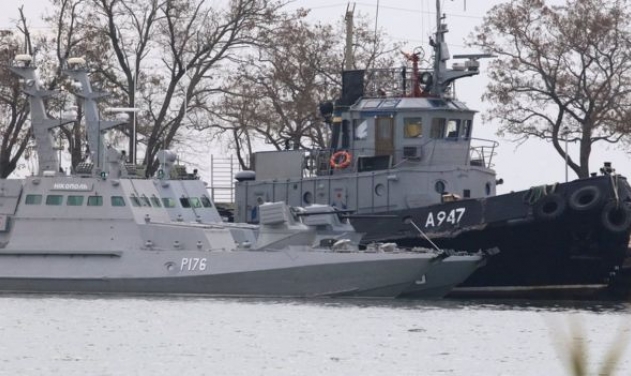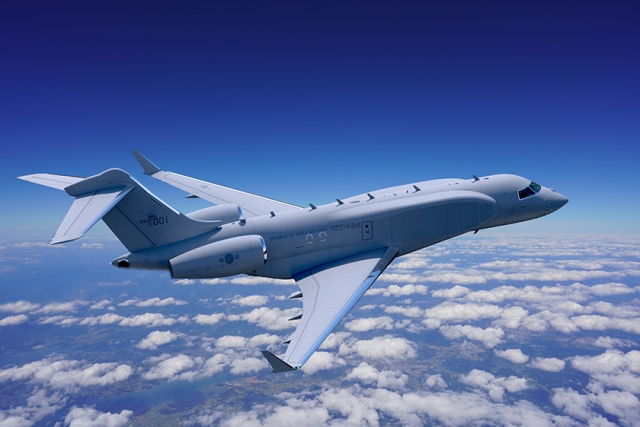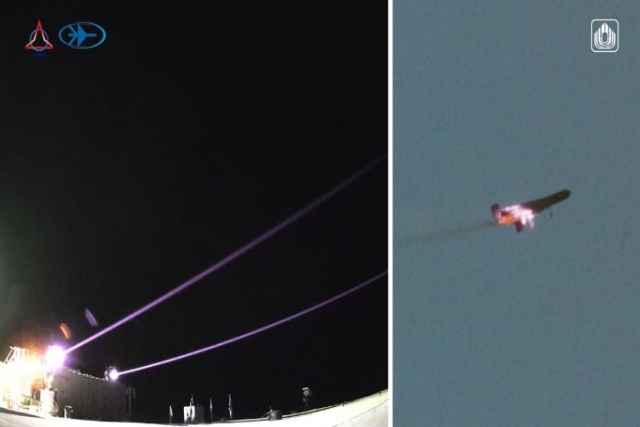Ukraine Test New Anti-ship Cruise, Modernized S-125 Missiles

Ukraine has successfully tested a new anti-ship cruise missile, ‘Neptune’ and a modernized S-125 surface-to-air missile system, at a firing range in the Odesa Oblast Wednesday.
“The task set today to the cruise missiles is to demonstrate their effective range and their proximity in engaging above-water targets,” Olexandr Turchynov, the chairman of Ukraine’s Defense and Security Council was quoted as saying during a press briefing after the tests by Kyivpost Thursday.
The Neptunes successfully destroyed a target at a distance of 280 kilometers, he said.
Despite its qualification as an air defense missile system, the S-125 was also engaged against surface targets in the Black Sea.
“The modernized C-125s have proven their effectiveness,” Turchynov said.
“There had been eight launches, during which eight above-water targets were hit. It is a very good result that shows that these modernized complexes are capable of ensuring strong protection from an aggression from both the air and the sea, and that they will considerably reinforce the coastal defense of the Black and Azov coastlines.”
According to Ukraine’s defense production concern UkrOboronProm, the Neptune is a subsonic cruise missile based on the Kh-35 project, an unfinished Soviet-designed subsonic anti-ship missile later put into service in Russia in 2003.
The Neptunes, designed by the Luch bureau and produced by the Artem Plant in Kyiv, are reportedly capable of sinking warships with displacements of up to 5,000 tons – which would include all of the Russian landing ships and frigates currently in service.
The missile had its maiden flight in late March 2016, and another successful round of test launches were held in late January 2018.
The Soviet-produced S-125 systems operated since early 1960s are widely known for ensuring highly mobile protection against air targets moving at a speed of up to 1500 kilometers per hour, within the weapon’s effective range of up to 12 kilometers, and at altitudes between 100 and 5,000 meters.














